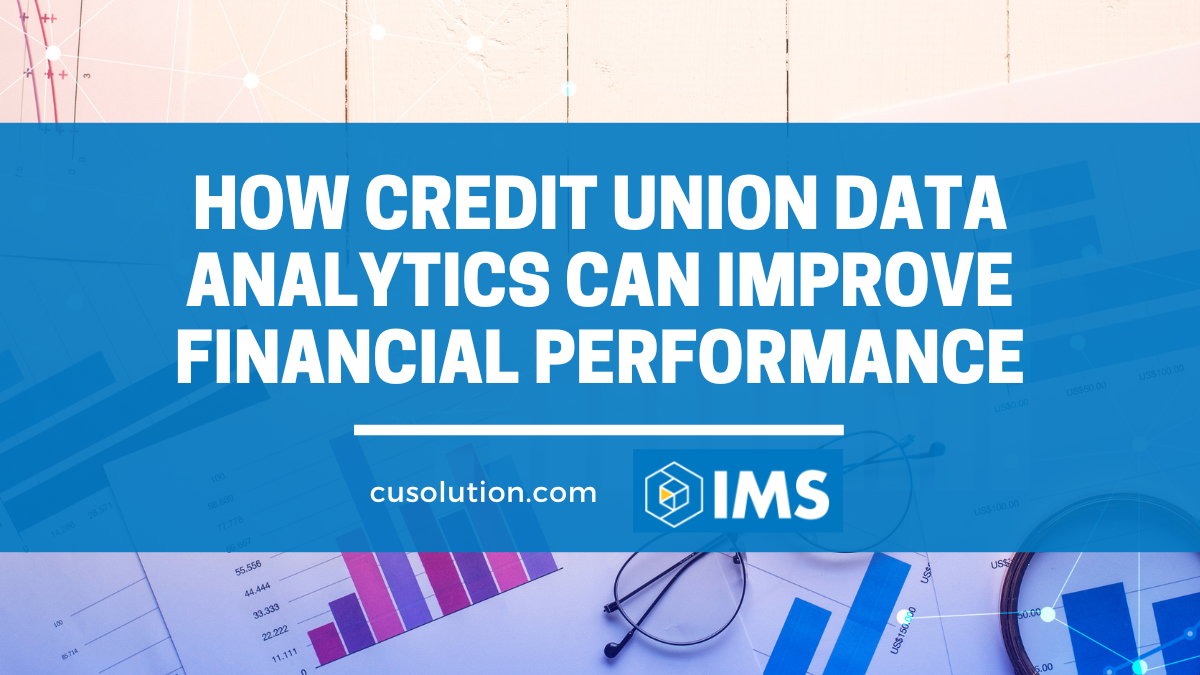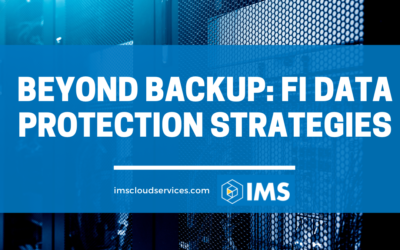In the modern age, credit unions are increasingly turning to data analytics to gain a better understanding of their financial performance. By leveraging data analytics, credit unions can track customer preferences, improve the member experience and ultimately increase their profits.
With the right strategies in place, credit unions can use data analytics to gain insights into their customers’ behaviors and preferences, as well as uncover new ways of boosting their financial performance. Let’s explore how credit union data analytics can help improve financial performance and provide customer satisfaction.
Benefits of Credit Union Data Analytics
Financial institutions like credit unions are often behind the times when it comes to technology. And this new emphasis and dependency on data analytics is a chance for credit unions to upgrade some of their current solutions to capitalize on the immense benefits of top-tier credit union data analytics.
But what are the biggest benefits of data analytics? Here are a few:
- See the big picture of your credit union’s financial performance
- Increase agility
- Improve decision-making
Data-driven profitability is created by gaining visibility into your credit union data and adjusting your transformation plans to suit that data’s story.
Agility is a core component of thriving businesses in the post-pandemic financial climate. As the marketplace changes with things like cryptocurrency, stock market fluctuations, emerging fintech, and more, your credit union can expand its reach and the viability of your solutions for current and future members by keeping your business model agile and flexible to change.
Decision-making is part of a credit union leader’s core responsibilities, but how do you know what the right decisions are when there’s so much diversification and specialization happening in the financial industry right now? Automation and data analytics are two of the most powerful tools you have at your disposal.
By drilling into your credit union’s available data, you can often make more accurate plans, gain a better understanding of your position in the current market, and streamline processes to cut costs and improve margins.
Using Data Analytics to Mitigate Risk
While we are sure your credit union has several fraud detection policies and protocols, it’s also important to use data analytics for fraud prevention.
When you are familiar with the flow of data and the types of data you are sending and receiving on a regular basis, you will notice when things look slightly left of center. You can also see trends in data flow on a monthly, quarterly, and yearly basis. This helps you identify fluctuations in the marketplace and help your credit union prepare its staff and members for possible changes, like interest rate hikes, inflation spikes, related market trends (like housing crises, rising debt, etc.), and more.
You can also use analytics to help manage your member-related risks. Investment risk modeling and credit risk analysis can help you determine which members are struggling, which can easily afford loans with the latest interest rates, and other trends in member behavior and market fluctuation.
Using Analytics to Manage Supply and Demand
Supply and demand are two sides of the same coin, and you need a good understanding of both to succeed in any business venture. And you can use data analytics to help ensure things stay as balanced as possible for your credit union.
You can’t help your members and your community without great sales performance. Data analytics can help you decipher branch and online channel sales in ways that will benefit your operations and help you bolster the programs that need work and highlight the success of those that are already working well.
Just like you can measure performance over time, data analytics enable you to track and measure the results of different lending, credit, and debit initiatives over time.
You can also use insights from data analytics to inform your approach to chatbots and other AI solutions.
When measuring and capitalizing on member demand, personalized marketing is a fantastic way to create momentum with data analytics. By putting your data to work for you, your marketing efforts are more informed and targeted, which means you pay less to get more. You can expand your reach and increase your success with regional campaigns, limited-time offers, and more.
Analytics also show the big picture of your member life cycle – you can use it to predict the lifetime value of your members, based on the types of credit union products and services they use during different parts of their financial life.
Analytics is a vast recommendation engine. If you know how to aggregate and sort your data, you can learn so much about your operational efficiency, market value, member experience, and so much more.
Credit Union Data Analytics: The Big Picture
In a recent study titled “CFO Outlook for Financial Institutions,” Syntellis found that when surveying finance professionals at banks, credit unions, and financial services companies in the U.S., 62% of respondents identified “pulling data from multiple sources into a single report” as one of the three most challenging reporting tasks.
There are so many ways you can use your credit union data analytics practices to create a detailed and helpful “big picture.” Data-driven digital transformation can create positive change by improving member intelligence, creating more efficient and productive processes, highlighting new business opportunities, and optimizing compliance and market factors to create a seamless experience for your staff and members.
But you need credit union data analytics and discovery to do all those things. Your raw, unfiltered data isn’t helpful if you can’t use it to glean new insights and inform your future operations approaches.
With IMS’s data discovery tool, DataArchiver, you can take advantage of on-premise, cloud, and hybrid storage while also taking advantage of powerful features including restore and recover, data compression and de-duplication, multi-remote site management, data life cycle management, and more.



